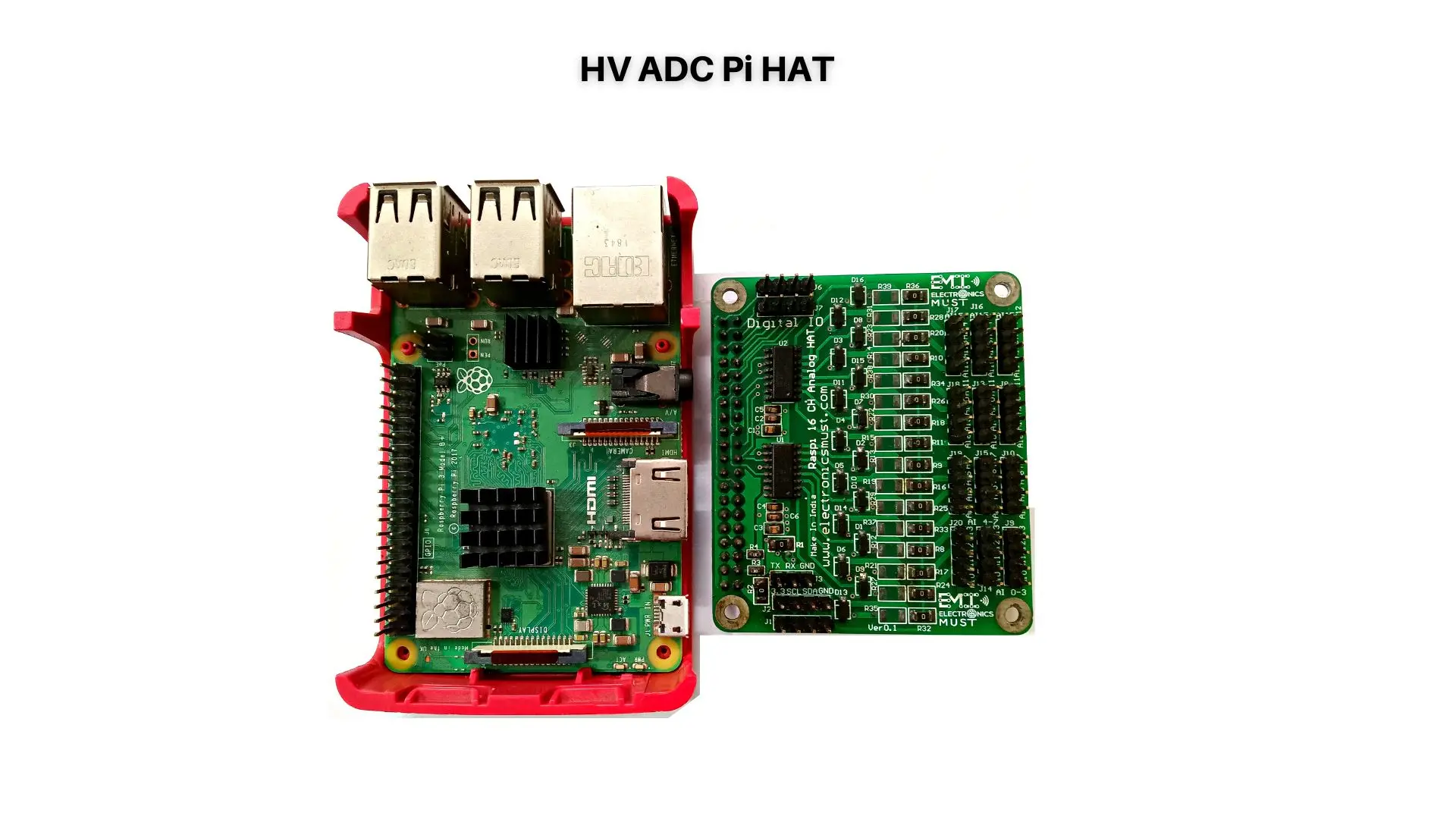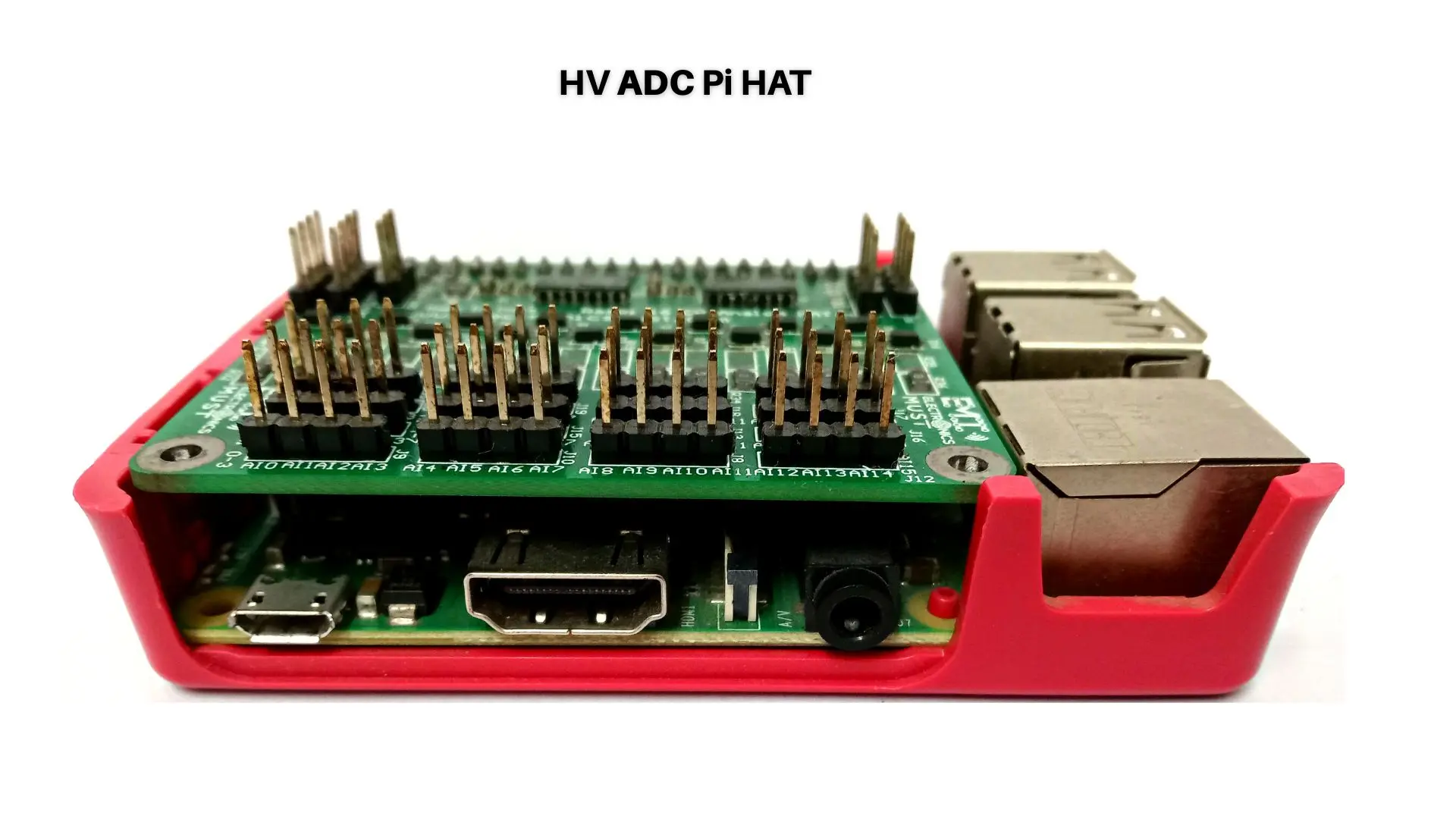If you are working on a PCB design for a high-temperature application, then you know how crucial it is to get it right. High temperatures can cause PCB components to fail or degrade, which can lead to system failures and costly repairs. But don’t worry, with some careful planning and design, you can create a PCB that can withstand even the most extreme temperatures. Here are some tips for optimizing your PCB design for high-temperature applications:
1. Choose the Right Materials
The materials you choose for your PCB can make a big difference in its ability to withstand high temperatures. Look for materials with a high glass transition temperature (Tg) and a low coefficient of thermal expansion (CTE). Some good choices include polyimide and ceramic materials.
2. Use Thermal Vias
Thermal vias are small holes in the PCB that allow heat to escape. By strategically placing thermal vias, you can help to dissipate heat and prevent hotspots from forming on the PCB.
3. Minimize the Number of Vias
While thermal vias are important for dissipating heat, too many vias can actually make the problem worse by increasing the thermal resistance of the PCB. Try to keep the number of vias to a minimum and use them strategically.
4. Use Wide Traces
Wide traces can help to reduce resistance and prevent overheating. Consider using wider traces for high-current components or areas of the PCB that are prone to overheating.
5. Optimize Component Placement
The placement of components on the PCB can have a big impact on its ability to handle high temperatures. Try to group high-heat components together and keep them away from sensitive components that may be more prone to failure.
6. Consider Heat Sinks
Sometimes, you may need to use heat sinks to help dissipate heat from specific components. Heat sinks can be a great way to prevent hotspots and ensure that your PCB stays within safe temperature limits.
By following these tips, you can help to ensure that it’s optimized your PCB for high-temperature applications. Remember, careful planning and design are key to creating a PCB that can withstand even the most extreme temperatures.






